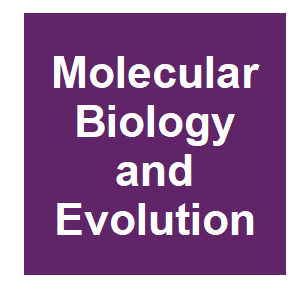
Keywords: rna

|
CRISPR gene drive efficiency and resistance rate is highly heritable with no common genetic loci of large effectChamper, JW, Z. X.; Luthra, A.; Reeves, R.; Chung, J.; Liu, C.; Lee, Y. L.; Liu, J. X.; Yang, E.; Messer, P. W.; Clark, A. G., Genetics, 212:333-341. 2019.
Gene drives could allow for control of vector-borne diseases by directly suppressing vector populations or spreading genetic payloads designed to reduce pathogen transmission. Clustered regularly interspaced short palindromic repeat (CRISPR) homing gene drives work by cleaving ... Keywords: adaptation, distribution, DNA, elements, Evolution, gene drive ecology, gene drive evolution, gene drive natural, gene-sequences, group-i introns, homing endonuclease, horizontal (lateral) transfer (transmission), identification, intein, phylogenetic analysis, plants, protein-splicing domain, rna, selfish gene, VDE, yeast, yeast saccharomyces-cerevisiae |

|
Adaptation for horizontal transfer in a homing endonucleaseKoufopanou, VG, M. R.; Burt, A., Molecular Biology and Evolution, 19:239-246. 2002.
Selfish genes of no function other than self-propagation are susceptible to degeneration if they become fixed in a population. and regular transfer to new species may be the only means for their long-term persistence. To test this idea we surveyed 24 species of yeast for VDE, a ... Keywords: adaptation, distribution, DNA, elements, Evolution, gene drive ecology, gene drive evolution, gene drive natural, gene-sequences, group-i introns, homing endonuclease, horizontal (lateral) transfer (transmission), identification, intein, phylogenetic analysis, plants, protein-splicing domain, rna, selfish gene, VDE, yeast, yeast saccharomyces-cerevisiae |

Contact
David O’Brochta
Foundation for the
National Institutes of Health
geneconvenevi@fnih.org
RSS

